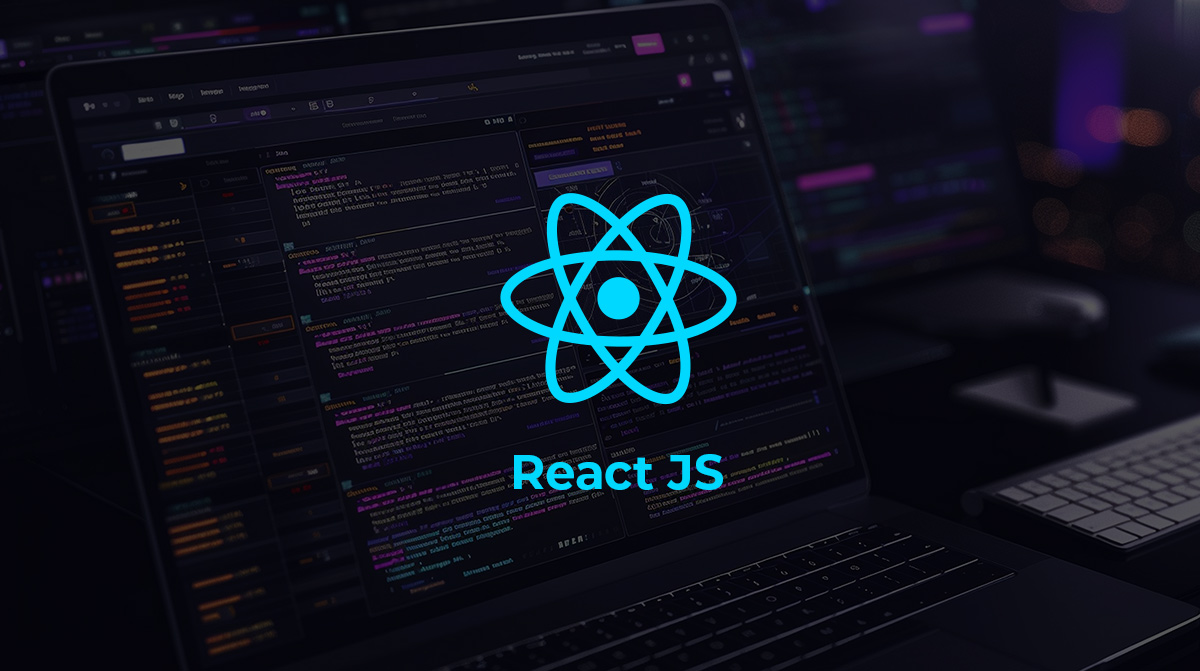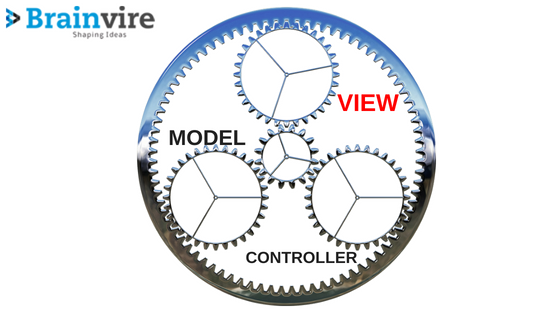Talking About Microsoft Introducing ML.NET: A Blend of Machine Learning and .NET, Do you want to grow your business by integrating machine learning into your applications? Microsoft has made running the common machine learning tasks a reality, using a cross-platform and open-source system. It has open sourced its machine learning to integrate with the .NET framework. ML.NET that permits .NET developers for .Net Development to build solutions with customized machine learning without having to learn the underlying technical details of how to develop machine learning solutions.
Get more acquainted with this development by reading more about the basics, core architecture, and features of ML.NET.
This framework is compatible with platforms such as Windows, Linux, and MacOS with a 64-bit .NET Core (or later version). It is available and can be used alongside various Microsoft products such as Windows, Bing, and Microsoft Azure development services, etc. The first release of ML.NET is comprised of only two basic machine learning tasks: classification (e.g., text categorization and sentiment analysis) and regression (e.g., forecasting and price prediction). And as time passes, ML.NET will enable many machine learning scenarios such as anomaly detection, deep learning, and recommendation systems, etc. The most recent release of this framework, Version 0.4, also provides support for other tasks such as natural language processing.
Talking About Microsoft Introducing ML.NET: A Blend of Machine Learning and .NET, we have discussed what ML.NET is, and who can benefit from using it. Now we’ll address the fundamental components of its architecture.
Data Transforms: The most recent iteration of ML.NET supports a wide array of data transformation capabilities, encompassing combiners, segregators, featurizers, row filters, and more. Data transforms are pivotal components that facilitate data transformation routines within the machine learning Pipeline API. As a recognized Microsoft Gold partner, we leverage the latest advancements to enhance your machine learning projects.
Miscellaneous: These components, such as evaluators and calibrators, etc., are important for building machine learning capabilities like optimization and regularization.
Extensions: These extensions are used by ML.NET to gain the advantage of various runtimes such as Tensor Flow, Accord.NET, and Microsoft’s Cognitive Toolkit.
Features of ML.NET
The first release of the ML.NET framework bought the first draft of .NET Application for training models and predictive models, etc., along with a few core components such as learning algorithms, transforms, and core machine-learning data structures.
The next development, which is expected before the release of Version 1.0, is to deploy an easier-to-use Pipeline application program interface (API). Also, Microsoft intends ML.NET to complement the features of almost all languages in the .NET family such as C# and F#. For the ease of users, the source code of the first release is available at GitHub.
Looking at the bigger picture, ML.NET is a viable and comprehensible effort to bridge the gap between .NET developers and communities developing machine learning models. This new amalgamation of frameworks is expected to bring the potential of machine learning from big enterprises to smaller and simpler web applications.
How Does It Help Your Business?
. Improved Efficiency
. Open source and cross-platform
. Proven and extensible
. Fast and Reliable
Talking About Microsoft Introducing ML.NET: A Blend of Machine Learning and .NET, Interested to know more? Reach out to us at [email protected]. We are a leading dot net development company.
Related Articles
-
How ReactJS can fuel your business for success?
In the constantly evolving world of new features, libraries, tools, etc. popping around to give users a wide range of options to choose from and enhance their projects and business
-
Building Powerful Web Applications with Blazor
After Microsoft released Blazor, it has paved a new path for developers to design their web applications. They don’t need to know complex programming language as Blazor enables web designers
-
Gear up VIEW in ASP.NET core MVC
Asp.net web application development works on three wheels that is, MVC – Model, View, and Controller. These concepts have enhanced the way of coding in .Net Application. But what are



